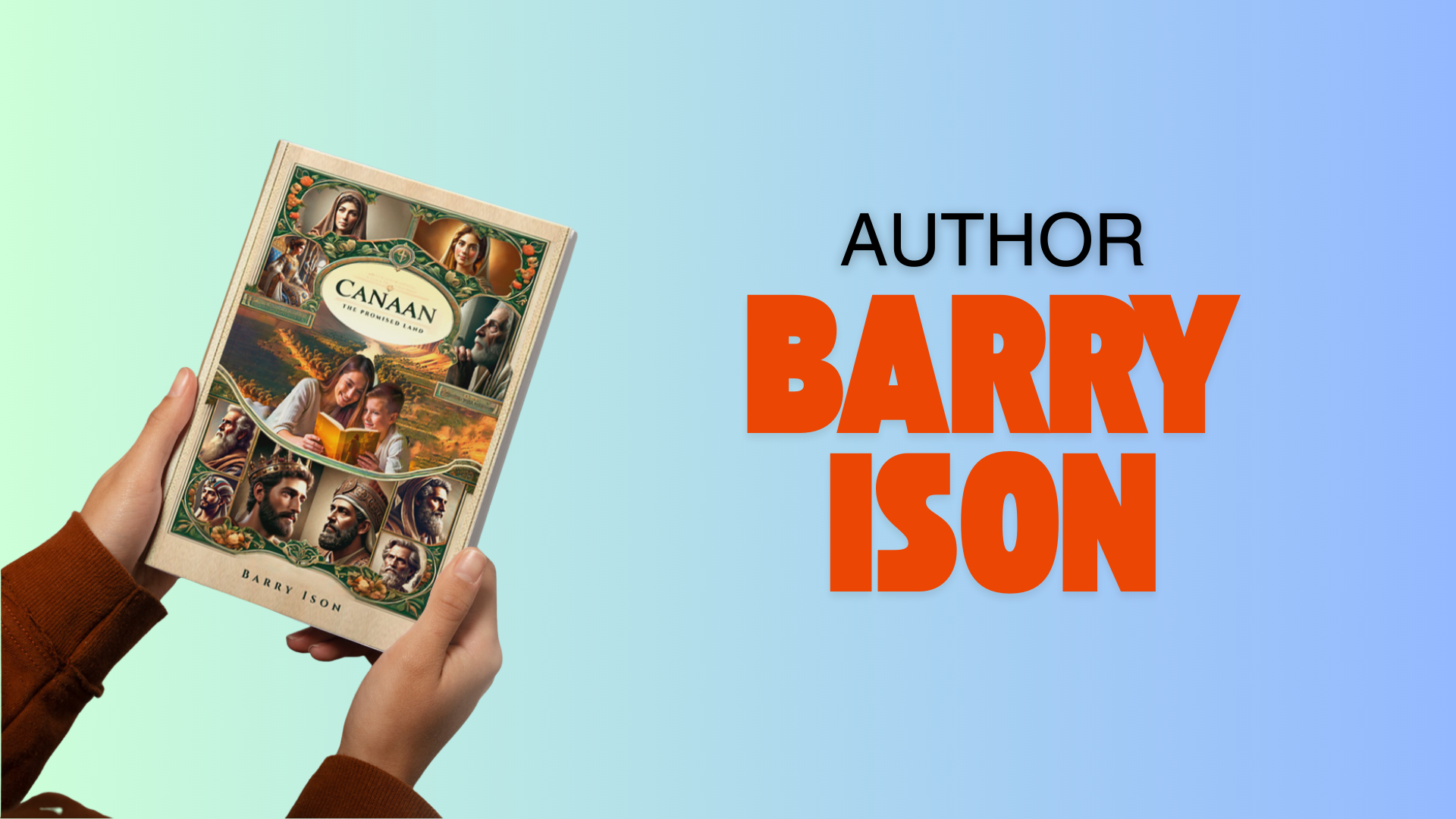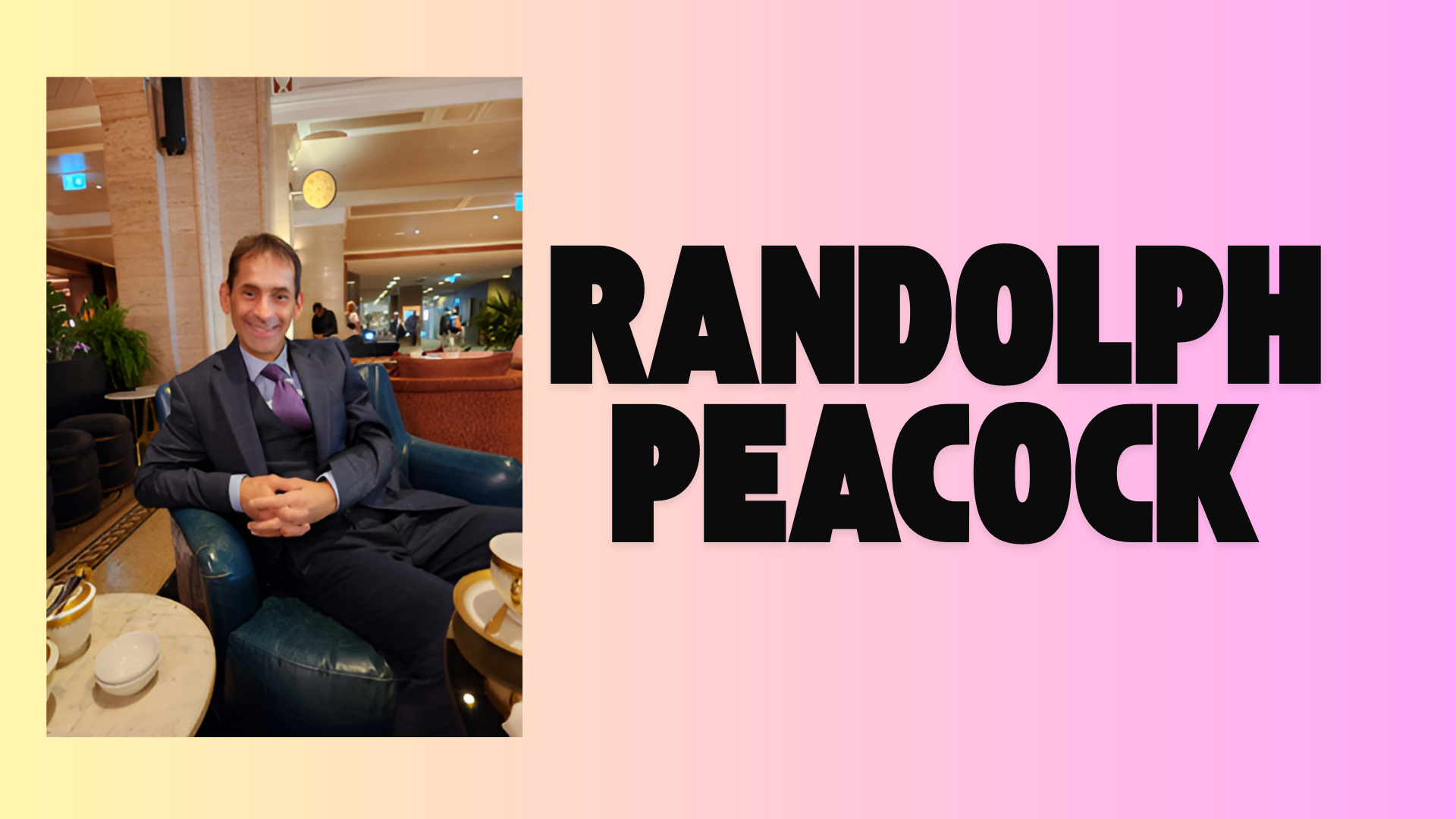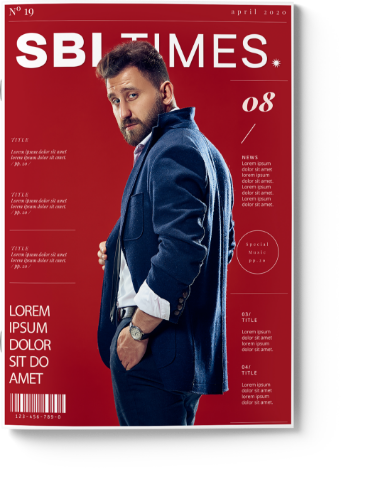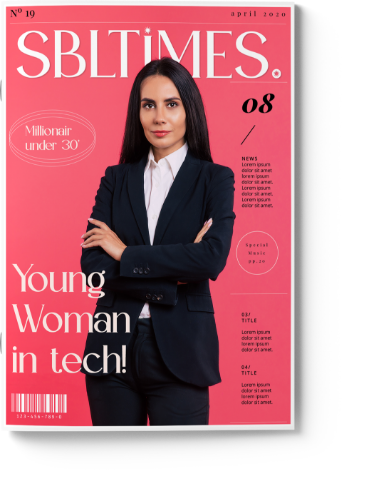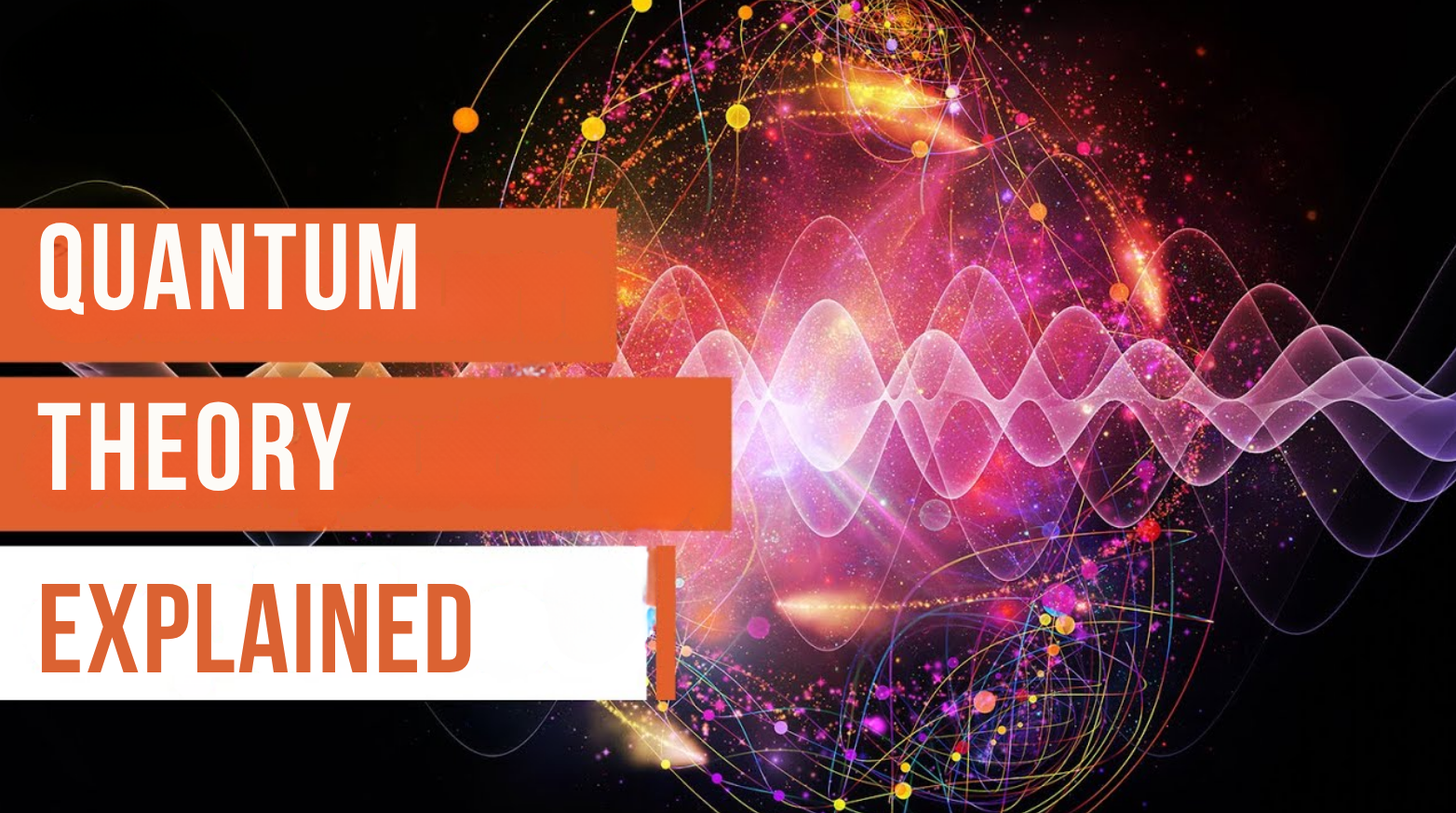From Mailboxes to Mobile Screens: The Netflix Journey
If someone told you in 1997 that renting DVDs by mail would evolve into one of the world’s biggest streaming platforms, you’d probably laugh. But that’s exactly what Netflix did—and they didn’t stop there. What started as a small experiment turned into a cultural phenomenon that changed the way we consume entertainment forever.
The Humble Beginnings: A Red Envelope Idea
Netflix was founded by Reed Hastings and Marc Randolph in 1997, in California. The idea was simple but revolutionary—rent DVDs online and receive them by mail. No late fees. No driving to a video store. Just pure convenience. People loved it.
But what really made Netflix stand out was its subscription model. Customers paid a flat monthly fee and could rent as many DVDs as they wanted. No more worrying about returns or fines. This user-first approach became a major part of their identity.
The Streaming Revolution: Changing the Game
In 2007, Netflix made its most significant move yet—it launched its streaming service. Instead of waiting for DVDs, users could now instantly watch movies and shows online. It was a bold shift, especially at a time when internet speeds were still catching up.
But the timing paid off. As broadband internet became more widespread, so did Netflix. The company started acquiring licenses for popular shows and movies, building a content library that rivaled cable TV.
Original Content: Netflix Becomes a Studio
While streaming was a big leap, the real game-changer came in 2013 with “House of Cards.” It was Netflix’s first major original series—and it was a hit. Suddenly, Netflix wasn’t just a platform; it was a content creator.
Over the next decade, Netflix doubled down on original content. From “Stranger Things” and “The Crown” to international hits like “Money Heist” and “Squid Game,” Netflix became known for bold storytelling and global appeal. It also gave creators more freedom compared to traditional networks.
Challenges in the Streaming Wars
Of course, success invites competition. With platforms like Disney+, Amazon Prime Video, HBO Max, and others entering the scene, Netflix had to work harder to stay on top. Licensing wars, rising production costs, and subscriber fatigue started to surface.
To adapt, Netflix introduced ad-supported plans, cracked down on password sharing, and expanded into new areas like gaming and live content. They’ve also focused more on local content to grow their audience across different countries.
What Makes Netflix Unique Today?
It’s not just about having a big library anymore. What makes Netflix unique is its ability to predict what people want to watch—often before they even know it. Their recommendation system is powered by data, but the result feels surprisingly personal.
And while others are catching up in the tech race, Netflix still leads in user experience. Clean interface, smooth streaming, downloadable content—it’s designed to keep viewers hooked without distractions.
The Future: Still Evolving, Still Disrupting
As of today, Netflix is available in over 190 countries and has more than 230 million subscribers worldwide. It’s experimenting with interactive shows, live events, and even sports content. The company is still evolving, still pushing boundaries.
But perhaps the real magic of Netflix is its simplicity. At the end of a long day, you just want to hit play—and Netflix makes that effortless.
Final Thoughts
Netflix is no longer just a brand—it’s a verb. We “Netflix and chill.” We binge-watch. We discover new worlds through subtitles. In a time where everything moves fast, Netflix has stayed ahead by constantly adapting while staying true to one thing: giving people great stories.
Whether you’re into thrillers, rom-coms, documentaries, or anime there’s something on Netflix for everyone. And that, more than anything, is why it’s not just surviving the streaming wars it’s shaping them.




